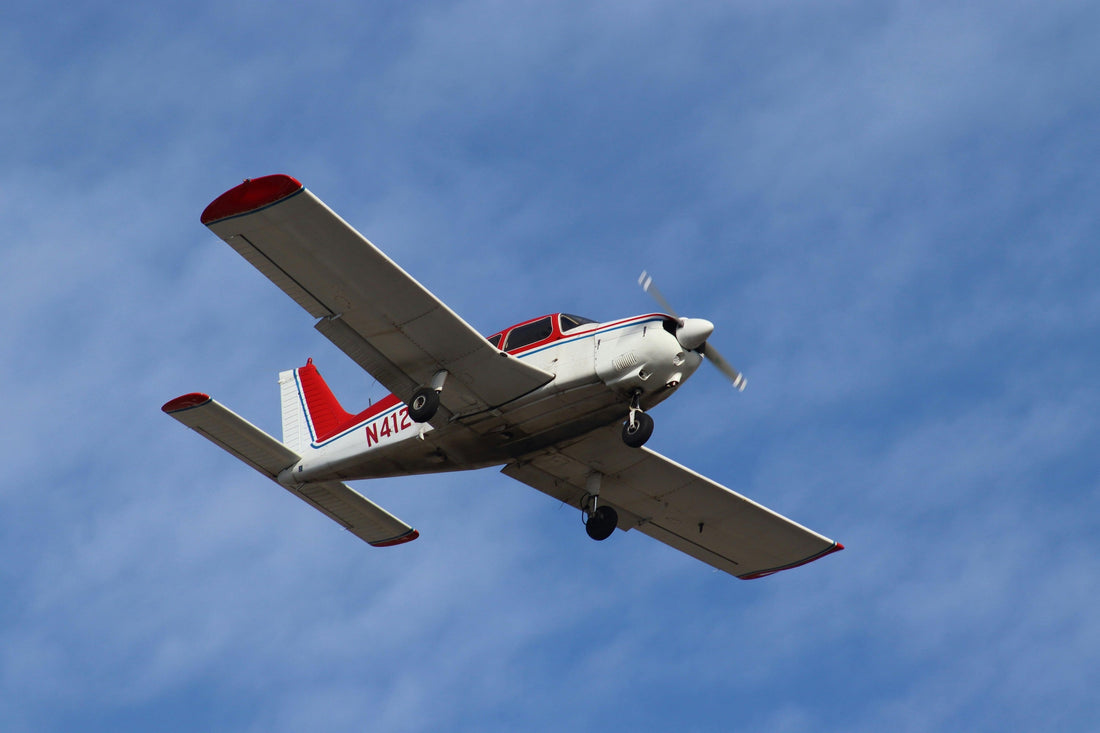
Mastering Show Flight: A Pilot’s Guide to Precision Flying
When I began flight training, I had no intention of flying for the airlines or becoming a flight instructor. My goal was to learn how to fly so I could fly along with my husband in our little Cessna 172 to visit family, explore new places, and try out “$100 hamburgers” at airport restaurants. Precision flying affords the possibility to get to where you’re going faster, and I believe safer, than driving a car. Normally it would take a five hour drive to go visit my sister across the state, but in our 172 it took less than two hours. Efficiency and speed were initially the motivators for flight training!
Pilots are known for liking speed, whether it’s in an aircraft, motorcycle, or boat. Speed is of great value to aviation. However, when you begin flight training, one of the first things you must master is flying slow. There are phases of flight when it’s critical that you know how to handle the airplane at slower speeds. Let’s look at the basics of slow flight: what it is, why we practice it as pilots, and the fundamentals of performing slow flight and how it adds up as a fundamental part of precision flying.
What is Slow Flight?
While your objective for precision flying is to get from one point to another quickly, a pilot must take off and land as a part of the flight. Departure and arrival are two of the most critical phases of a flight and involves flying the airplane slow while being very close to the ground.
When an airplane exceeds its critical angle of attack, an aerodynamic stall happens. The slow flight maneuver allows a pilot to practice aircraft handling at a higher angle of attack on the verge of a stall. This is the attitude of the airplane as you’re transitioning to land. The maneuver is practiced at a higher, safe altitude so that if a stall occurs, there is plenty of altitude to recover. Slow flight is flying below L/Dmax, or behind the power curve. You will probably hear your instructor say many times, “pitch for airspeed, power for altitude” while practicing slow flight.
You can study more on the aerodynamics of slow flight in Chapter 5 of the Pilot’s Handbook of Aeronautical Knowledge.
Why do pilots practice Slow Flight?
Chapter 5 of the Airplane Flying Handbook states that pilots must learn to master slow flight for four reasons:
- Understand the aerodynamics associated with slow flight in various aircraft configurations and attitudes
- Recognize airplane cues in these flight conditions
- Smoothly manage coordinated flight control inputs while maneuvering without a stall warning
- Make prompt appropriate correction should a stall warning occur
While practicing slow flight, a pilot learns how the airplane handles flying slow with a high angle of attack. When an airplane is flown at slow speeds, the flight controls have less authority due to reduced airflow over the surfaces. It’s much harder to maintain altitude and control in this configuration. You’ll experience the feel, visual cues, and “mushiness” of the controls as you takeoff and approach to land, so practicing slow flight will help you react quickly with the proper technique as you approach stall speeds in the traffic pattern.
Slow Flight Fundamentals
To practice slow flight, first you’ll climb to an altitude where the whole maneuver can be completed no lower than 1,500’ AGL. Clearing turns are performed for situational awareness and avoiding close calls with other traffic or terrain. Slow flight is performed in the landing configuration, so flaps and landing gear are extended. The standards for slow flight on a Private Pilot checkride are: maintain the specified altitude, ±100 feet; specified heading, ±10°; airspeed, +10/-0 knots; and specified angle of bank, ±10°. (Private Pilot Airplane ACS, Area of Operation VII, Task A)
Note: The standards are different for the Commercial and Multi-Engine checkrides.
Refer to the respective Airman Certification Standards for details.
Here are the basic steps of slow flight and some helpful tips to master precision flying at slow sleep:
- Perform clearing turns and note your heading and altitude. It helps to say these out loud. Cardinal headings are usually easier to keep track of. Find a visual cue, such as terrain or a cloud, to help with maintaining your chosen heading.
- Reduce power and increase back pressure, and while maintaining altitude, extend flaps/gear. Allow the airspeed to decrease to just above stall indication (usually +5-10 kts above stall speed).
- Let your visual scan momentarily come inside to the panel to verify heading and altitude are maintained.
- As the speed reaches target airspeed, power will be needed to hold altitude. You’re “behind the power curve” and in the region of reversed command at this point. Nose up trim may be added to relieve control pressure.
- Adjust your pitch to maintain your target airspeed. The tolerance is to maintain slow flight without triggering the stall warning system, which usually happens at least 5 kts above the stall speed. Try adding 5-7 kts above that as your target airspeed. If you’re in choppy air, make the target airspeed a little more.
- As power is increased to hold altitude, the left-turning tendencies of the aircraft will be noticeable. Right rudder input will be necessary to maintain coordination.
- Maintain straight and level slow flight by visual references outside, while occasionally cross-checking your instruments.
- Recovery is initiated by adding power, and while maintaining heading and altitude, retract flaps/gear, and adjust trim as necessary. One tip is after each 10 degrees of flaps are retracted, take quick glances at your instruments to verify you’re maintaining heading and altitude.
On a checkride, the examiner will ask you to perform turns, climbs and descents before recovery. Keep in mind that these should be gradual, slow inputs as abrupt changes could result in a stall.
Conclusion
I hope you have a better idea of what slow flight is and how it’s performed. Most importantly, you should understand why we practice slow flight as pilots and be able to apply precise technique when you find yourself in low and slow situations. Practicing slow flight will also help you develop confidence, especially while flying in slow, near-stall airspeeds.
There’s nothing wrong with using your airplane to get somewhere fast! Just remember that slow precision flying is part of the flight and demands careful attention, respect, and lots of practice.
By Leslie Caubble, CFI/IGI
Northstar Aviation References brings you the Pre-Tabbed ASA FAR/AIM, DIY tabs for your FAR/AIM and other pilot resources so that you can more easily study the regulations that form the foundation of your flying career or hobby. Have any questions? Check out our FAQs page or contact us. Check out other blog posts here.
